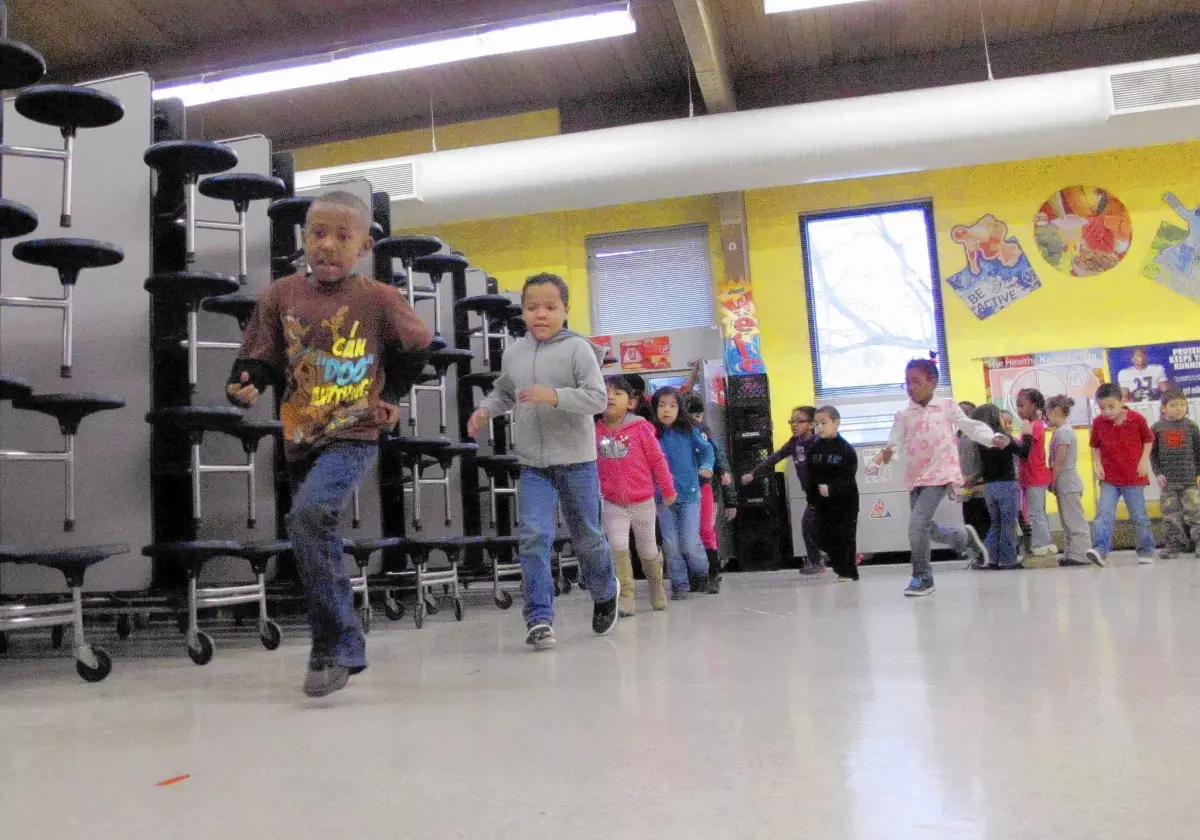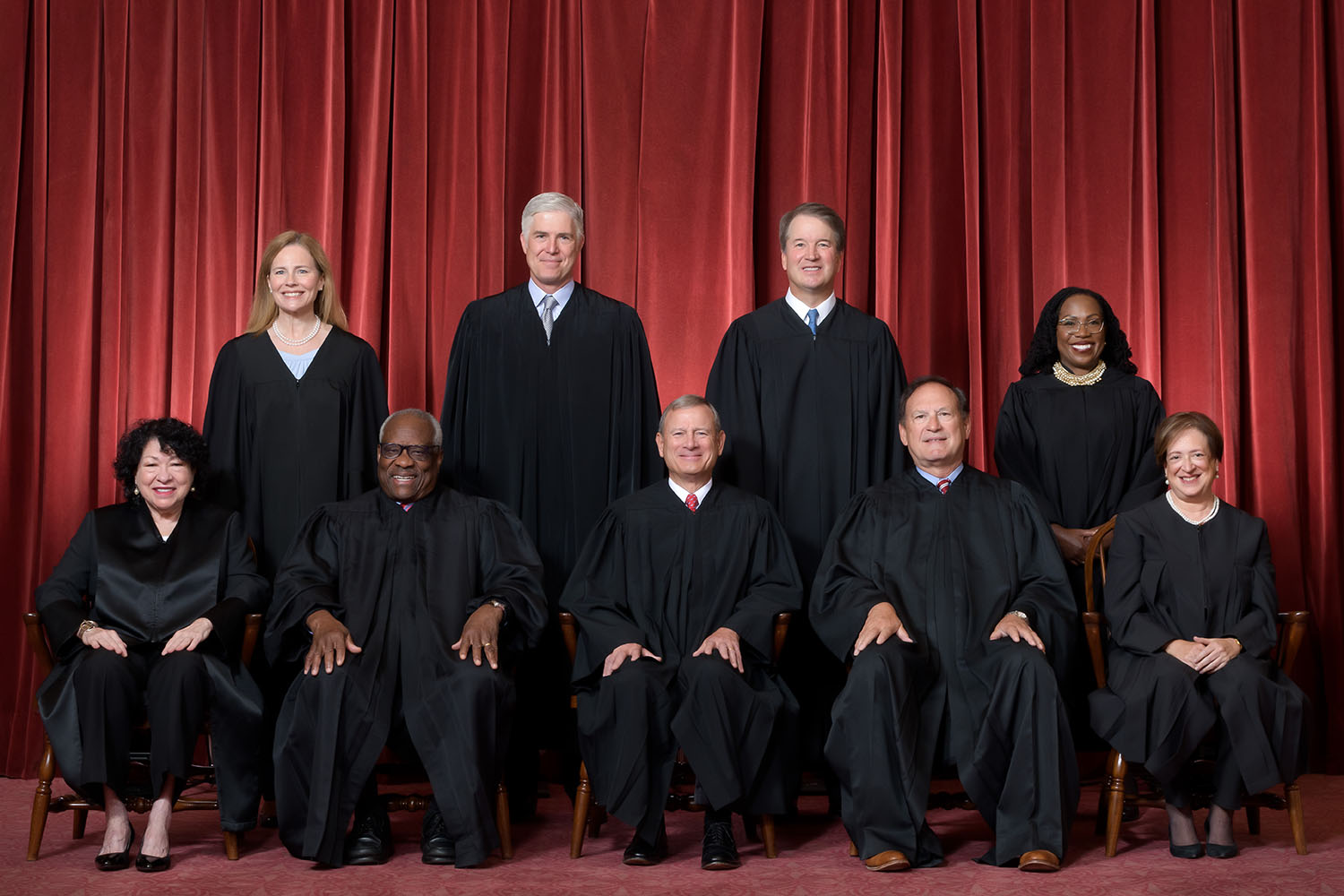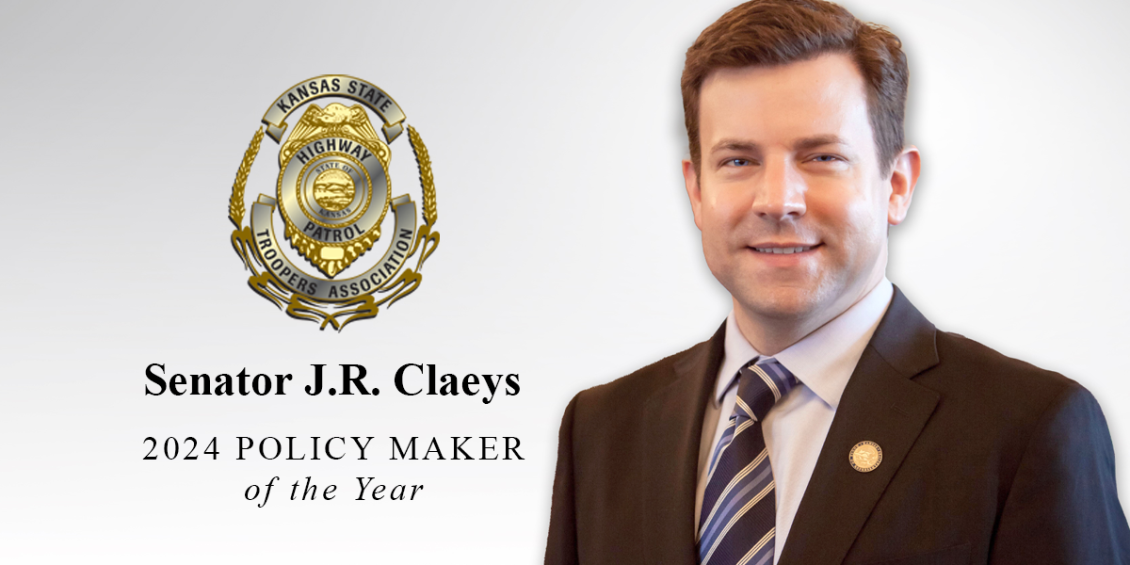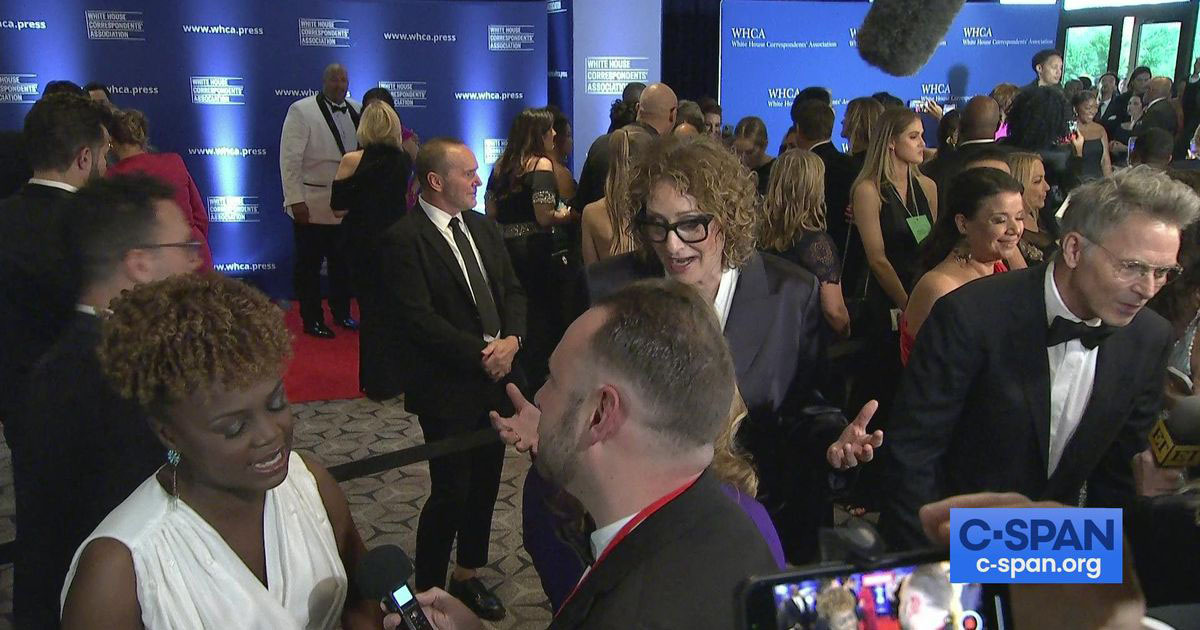The Kansas Policy Institute has proposed a new model for the state’s woeful at-risk program.
(In education circles, “at risk” students are those viewed to have a high probability of flunking a class or dropping out of school. The more “at risk” students with income, social, or previous educational liabilities which a school district has, the more state funding that district receives.)
There are numerous reasons that a new approach to improving the achievement of the at-risk population is imperative: low achievement, with accompanying high achievement gaps; little or no accountability; and spending that is not targeted to those students, among others.

Add to that list a financing mechanism that has created a bloated amount of funding. Currently, at-risk funding has blown past the $500,000,000 annual mark. Not only is that an unacceptable amount, given the return on that expense, but there exists the possibility of that amount nearly tripling to a mind-boggling $1.5 BILLION each year. How could that be? Read on for the details.
First and foremost, the Kansas at-risk program is funded entirely by the state. The federal government pays nary a penny toward the program. Secondly, any student who qualifies for a free lunch under the United States Department of Agriculture’s (USDA) National School Lunch Program (NSLP) generates money for the at-risk program.
Most, but not all, students qualify by being in a low-income household. USDA defines low-income for school lunch purposes as 130% of poverty. (For the 2024-25 school year, for a family of four that amount is $40,560 annually.)
However, there are other non-income related categories that qualify students for the free-lunch program. Those include students who are in the “Food Distribution Program on Indian Reservations as well as foster youth, migrant, homeless, or runaway youth, and Head Start participants.” Furthermore, Kansas recently became part of a federal Medicaid pilot program that automatically enrolls Medicaid eligible students in the free-lunch program. In other words, eligibility has become quite expansive, and the more expansive, the more expensive it is for the state, which has chosen to tie at-risk funding to the NSLP.

State statute requires that any student who qualifies for free lunch under the NSLP generates at-risk funding. Currently, that amount is 48.4% of BASE state aid (BASE is adjusted annually and is currently at $5,088 per pupil. That amount is set to go to $5,378 next school year per KSDE.) For the current year, each at-risk student generates an additional $2,463. In school districts that have a high percentage of free-lunch students enrolled, as much as an additional 10.5% is added to the 48.4%.
So, a complex free lunch system at the federal level combined with a complex funding system at the state level makes a doubly complex overall system.
Repeating, although the feds don’t contribute a dime to the program, they have a profound impact on the amount of money the Kansas taxpayers pony up for a program that has been a fundamental failure for the three decades of its existence.
In the first year of the Medicaid pilot expansion program, 2022-23, the number of free-lunch students increased by almost one-fourth from 158,116 to 195,487. To put that in perspective, that’s almost 44% of the entire FTE student population (449,386). Does anyone believe that nearly half of Kansas students live in poverty? The U.S. Census Bureau doesn’t. Their latest poverty estimates put the number at just under 65,000 – a more reasonable 14%. That means schools are raking in hundreds of millions of dollars for students NOT in poverty.
The program cost took a jump from $406.3 million in 2021-22 to $563.4 million in 2023-2024. That is correct. It now costs over a half BILLION dollars to run the program. It might be justified if the low-income students were showing marked improvement in achievement. They are not.
Two audits found that the at-risk program has not only failed to increase student academic outcomes, but much of the money is not even targeted to the very students they are obliged to serve. All that money and nothing to show for it. And the amount could easily go higher. Much higher.
During President Obama’s time in office, First Lady Michelle Obama spearheaded an effort to vastly expand the number of students who would be eligible for a free lunch. Under the banner of improving childhood nutrition, the Healthy, Hunger-Free Kids Act of 2010 was passed not only to boost the quality of school lunches, but the quantity of those who were eligible for free lunch. Although the law turned out to be a bust, it had the potential to vastly increase the number of students eligible for free lunch simply by virtue of the school they attended.
Had the fate of this law been as intended, the fiscal impact on the Kansas at-risk program had the potential to be significant, to the tune of an additional hundreds of millions of dollars annually. But maybe that additional money would have led to a vast improvement in student achievement. Not if history is any indicator. In the thirty plus years of the Kansas at-risk program, there has never been a significant increase in at-risk funding that has been accompanied with a significant increase in at-risk student achievement.
What’s to keep the USDA from declaring every student eligible for a free lunch? The way the Biden administration spends money, I’m surprised they haven’t already done so. When money is no object, which is literally the case under the current administration because they have to borrow all the money for any new expense, why wouldn’t they? Biden is canceling student college debt despite the Supreme Court giving them the thumbs-down on that vote-buying scheme.

Under an ‘all students qualify for free lunch’ scenario, the total cost of the at-risk program would be more than one-and-a-half BILLION each year given current state law. I can already see the educrats salivating. Here’s how it could balloon to that unfathomable figure.
In the coming 2024-25 school year, let’s use a student headcount of 475,000 and according to KSDE, BASE will be adjusted to $5,378. Now in this scenario, the at-risk weighting would be adjusted from 48.4% to 58.9% for every student. The “high density” premium of 10.5%, would become part of the equation because, pursuant to state law, “high-density” weighting of 10.5% becomes effective if more than half of a school student population qualifies for free lunch. Since ALL students would be eligible, the at-risk weighting for all students in the state would be 58.9%.
Therefore, the estimated at-risk funding would be:
475,000 X $5,378 X 58.9% = $1,504,629,950
Kansas Legislature, are you ready for that?
It’s not that this is a done deal or is even on the horizon. At this point, this is only a “could happen,” a speculation. But there is no denying that the factors are there and the amount of funding to the at-risk program is not dependent on the number of students who are actually academically at risk. Therefore, unless the Legislature changes state law and stops at-risk funding from being a function of a spurious federal program, the makings for future shock are there.
So, why wait for the feds to bust the bank?
If the Legislature put the KPI at-risk model into effect, funding would be free from the whims of Uncle Sam. Appropriations would be based on students who are academically at risk, income notwithstanding. The era of unnecessary and ineffective proxy funding would come to an end. The Legislature could even adopt ‘radical’ funding provisions, e.g., capping total spending – and put reductions toward private school choice.
And, even more importantly, the new model would eventually tie achievement to dollars. Of course, to do so, legislators would need the vim and verve to stand up to the education establishment.
Can any reasonable person have a problem with that?

David Dorsey – Kansas Policy Institute
David Dorsey is a Senior Education Policy Fellow with Kansas Policy Institute. His primary emphasis in this role is combining his time spent as a public school teacher with policy research on issues related to K-12 finance, student achievement, and education reform. Prior to joining KPI, David spent 20 years as a public school elementary teacher, seventeen in Kansas.




